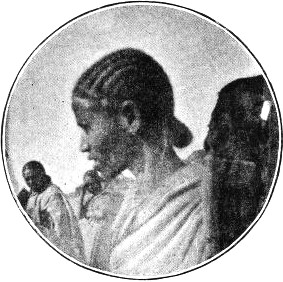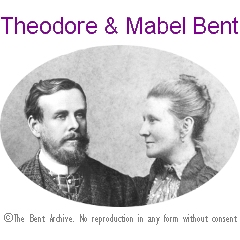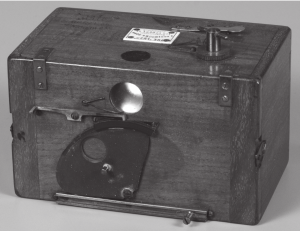
Mabel developed her photographic interests in the 1880s during the couple’s early visits to Greece and the eastern Mediterranean and for most of their journeys, Mabel was the intrepid field photographer: very much a pioneer in her way, she was forced to process her glass plates and fragile films in makeshift ‘darkrooms’ in the most difficult of conditions; the pages of her diaries contain countless references to the difficulties she faced as an early travel photographer. She often travelled with large quantities of equipment, including two or three cameras, chemicals, glass plates and film, and a portable darkroom.
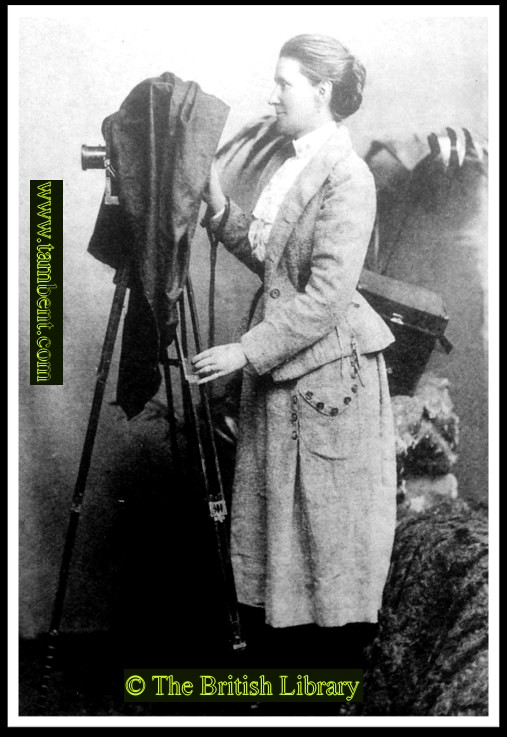
We have Mabel’s diary, dated Monday, 5 February 1894, written in the Hadramawt under trying conditions for the photographer: “Saturday I worked very hard at photography and Sunday was very glad of a thorough rest. A message came from Shibahm that the Sultan would not be back till today. This morning I took some more photos and was very successful, but I have had to give up developing now, on account of the water. It dries up the negatives so much. In about a minute they are dry and before they are dry at one end the film begins to skin off, not by frilling but contraction. I am afraid either to print them or to try to flatten them for fear of cracking the film, so I shall leave them curly and packed with care till Aden, when I can get some distilled water and glycerine.” (The Travel Chronicles of Mabel Bent, Vol. 3, Oxford, 2010, page 180)
Here is Mabel’s photograph taken on Socotra in 1897, a few months before Theodore’s death in May of that year in London.
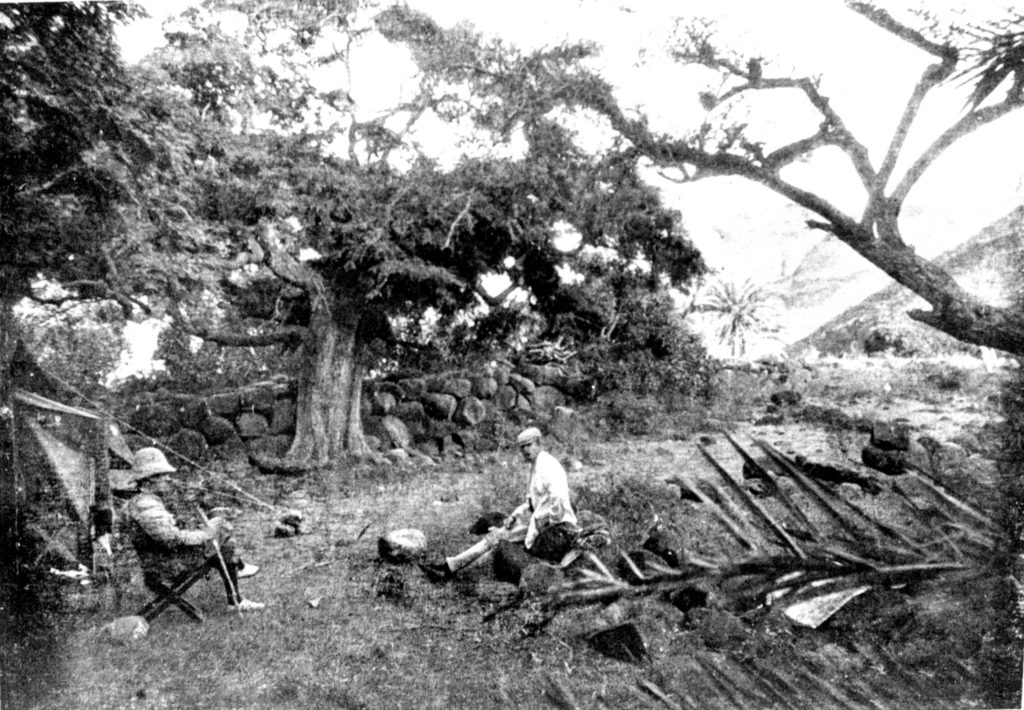
Back home, Theodore used Mabel’s photographs as lantern slides for his lectures and as a medium from which to prepare illustrations for his publications – but unfortunately only a very limited archive has survived the years. A few glass slides are in a collection held by the Royal Geographical Society, London.
Of the six sets of Bents’ lantern-slides held by the RGS in early 1951, only one set survives:
- Sudan – 22 lantern slides (mostly taken by Alfred Cholmley; obviously they contained properties that enabled them to survive) (1896).
Five sets that were judged too faded to keep were thrown away:
- Bahrain – 25 lantern slides (1889) -“This collection was destroyed on 9th February 1951 as it had faded.”
- Asia Minor – 20 lantern slides (date unknown, possibly late 1880s) -“This collection was destroyed on 9th February 1951 as it had faded.”
- Zimbabwe Ruins, Rhodesia – 35 lantern slides (1891) -“This collection was destroyed on 9th February 1951 as it had faded.”
- Hadramawt – 29 lantern slides (1894) – “This collection was destroyed on 2nd February 1951 as it had faded.”
- Dhofar – 30 lantern slides (1895) – “This collection was destroyed on 25th January 1951 as it had faded.”
Please do contact us at info@tambent.com if you have or are aware of any original photographic material by Mabel!
Although very few individual prints of photographs taken by Mabel have surfaced to date (it is fair to say that she struggled rather with the technicalities, especially in the field), there are many examples of her work to be seen in her husband’s monographs (on Aksum and Great Zimbabwe), as well as in their joint publication Southern Arabia. Often these images are reproduced as engravings from Mabel’s originals. Alas, there is very little to be seen of Mabel’s photography in the Eastern Mediterranean – she had no camera with her in the Cyclades (1882-4), and although she started to pack equipment with her from 1885 onwards, not one image has been found or appeared in their publications, apart from three or four from the Turkish littoral.
An Occasional Gallery (check back for more prints from Mabel’s work)
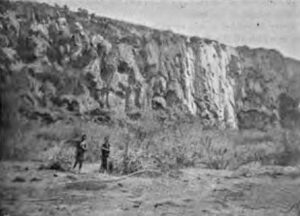
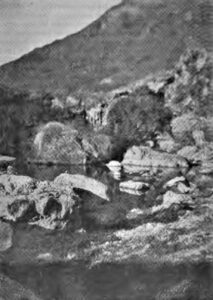
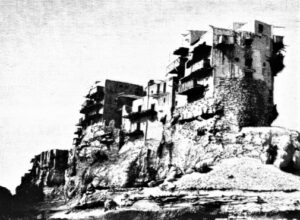
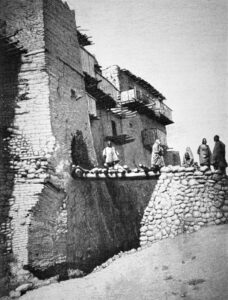
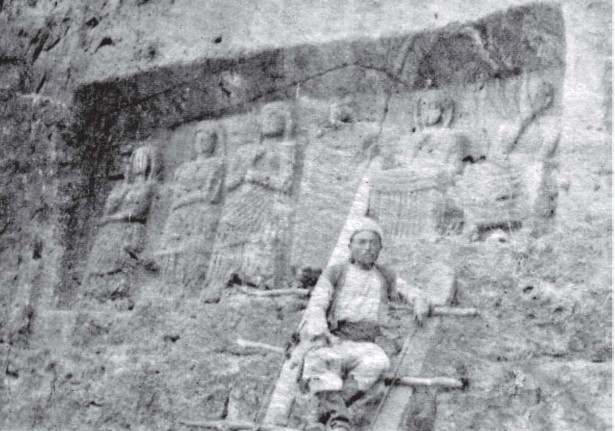
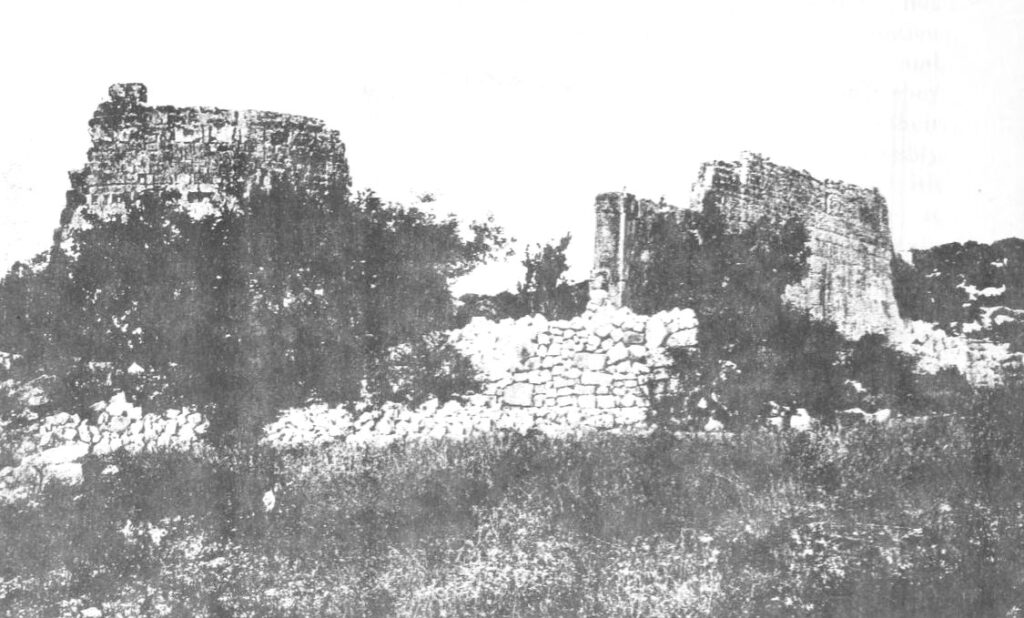
Three illustrations prepared by a member of the famous Whymper family from photographs taken by Mabel Bent in Cilicia in early 1890 when the couple were searching for the location of ancient Olba. The originals have not been traced. The figure in the deerstalker (in the first two scenes) is meant to represent Theodore Bent; they are as amusing as they are rare (The Bent Archive).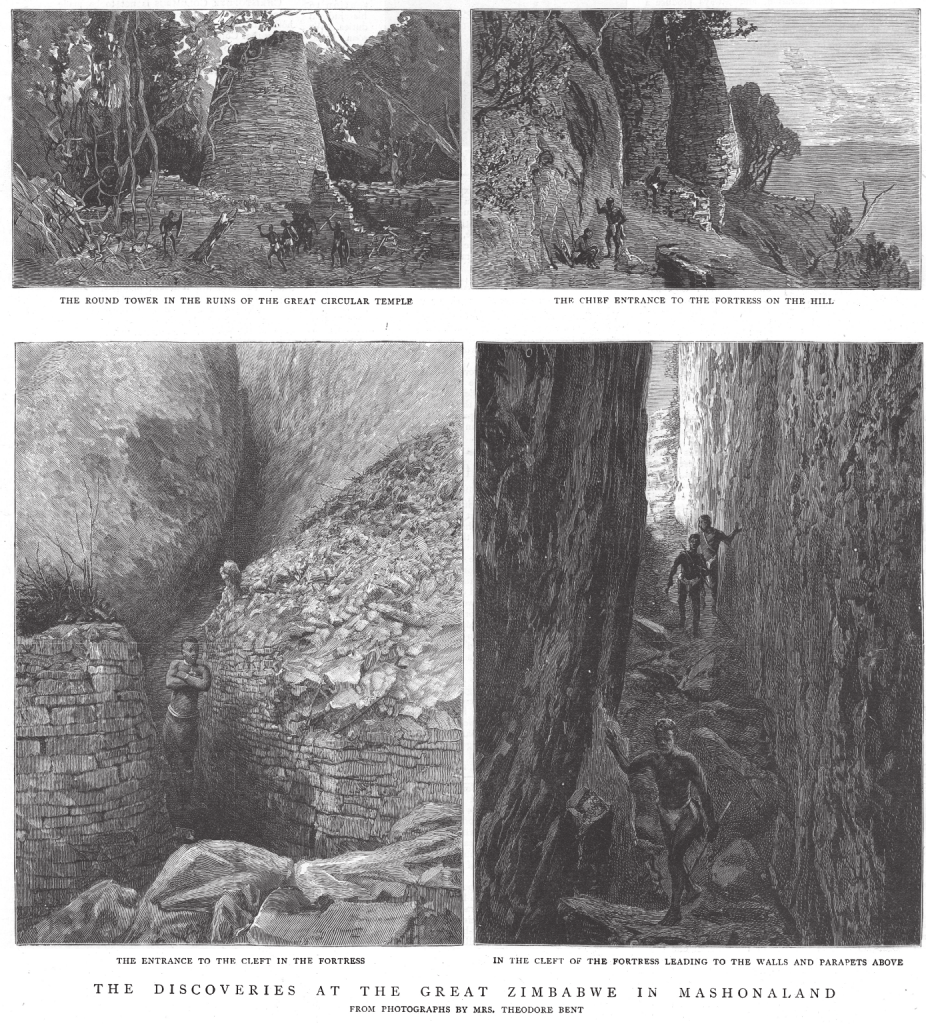 Four scenes from Great Zimbabwe, based on Mabel’s photographs, appearing in ‘The Graphic’, 27 February 1892 (photo: The Bent Archive).
Four scenes from Great Zimbabwe, based on Mabel’s photographs, appearing in ‘The Graphic’, 27 February 1892 (photo: The Bent Archive).
